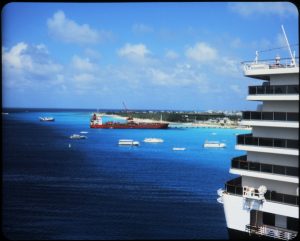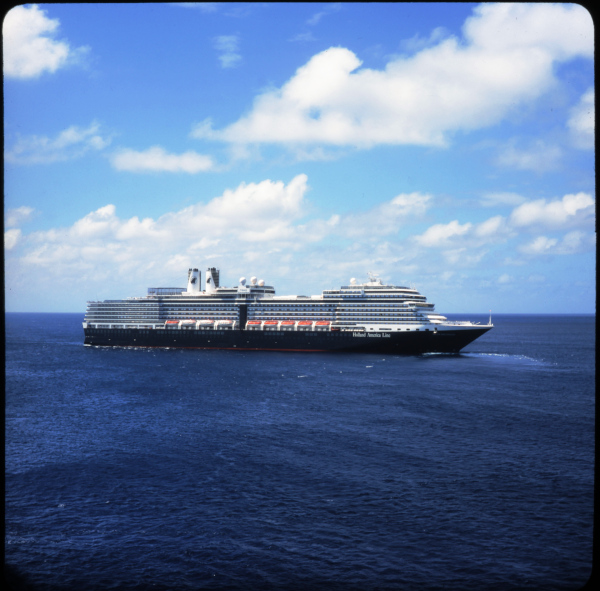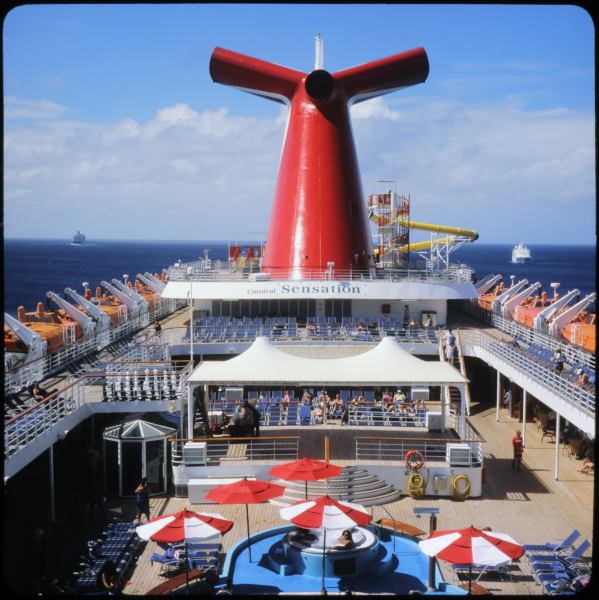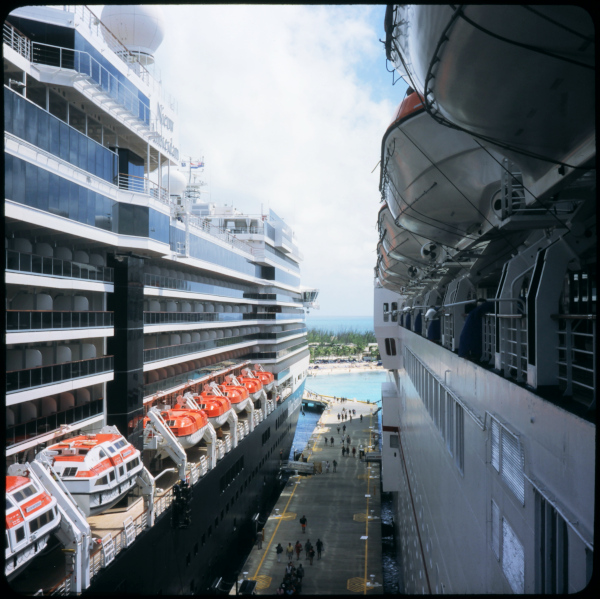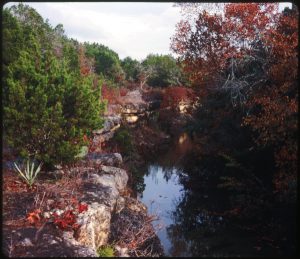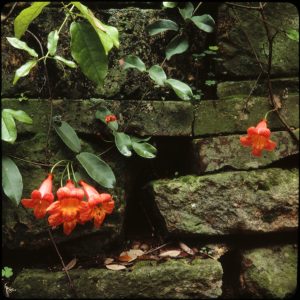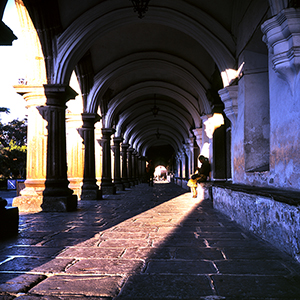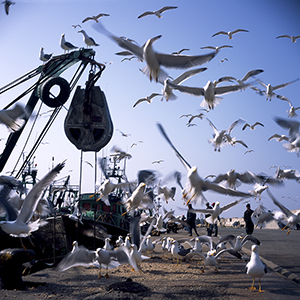The Ape Cave is a lava
tube created about 3,000 years ago. It heads south from Mt. St. Helens volcano, stretching for about a mile and a half, narrowing and expanding into a long stretch of total darkness.
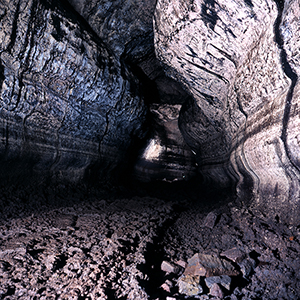
My girlfriend and a couple of friends hiked over the top of the tube to the northern entrance of the cave. By doing so, we would be able to walk through the lava tube more or less downhill, to make things a little easier. It takes a bit of time to navigate the tube due to it’s loose rocks and uneven ground. In some spots, you needed to ‘drop down’ a few feet to a lower section of the tube to continue on. This is not a place for people who are claustrophobic or those who are afraid of the dark.
It’s pitch black down there, and very good headlamps are needed to avoid any injuries. For me, this was my second time through the cave and knowing how dark it was, I brought along a pair of Profoto B1 500 watt lights to help fill the space with light.
One of the lights can be seen at the far end of the cave in the photo. This was a mistake mind you, but one that I let slide for the sake of correct exposure, composition, etc. This was taken with my Sputnik on Fujifilm Provia 100f, using a Profoto Air Remote as a trigger. I had also brought along my digital Canon 5D Mk III, but no 3D was taken with it.
If you do happen to find yourself in the vicinity of Mt. St. Helens, have a good set of knees and a decent headlamp, then I would recommend a visit.
There is a way to see a smaller section of the cave, without going the whole mile and a half. I believe it’s about a quarter of the cave, and well worth a look.
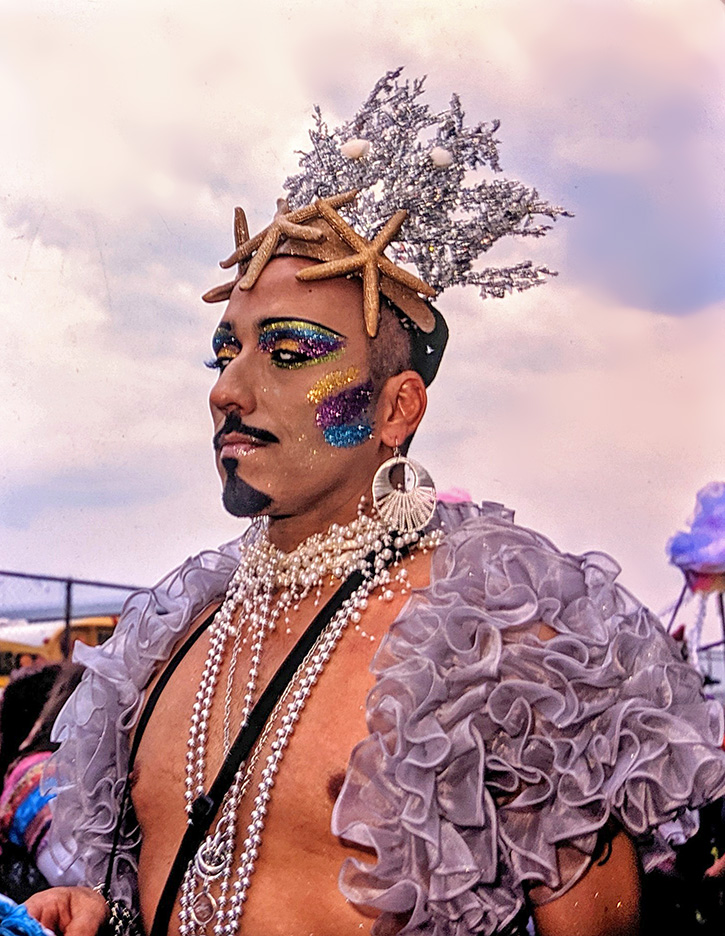
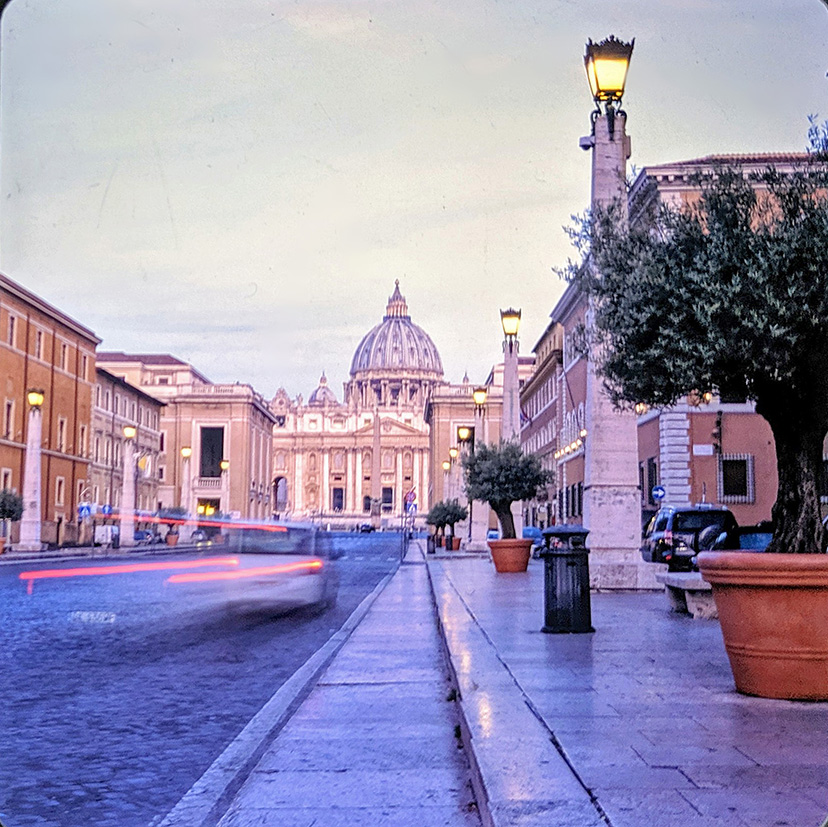
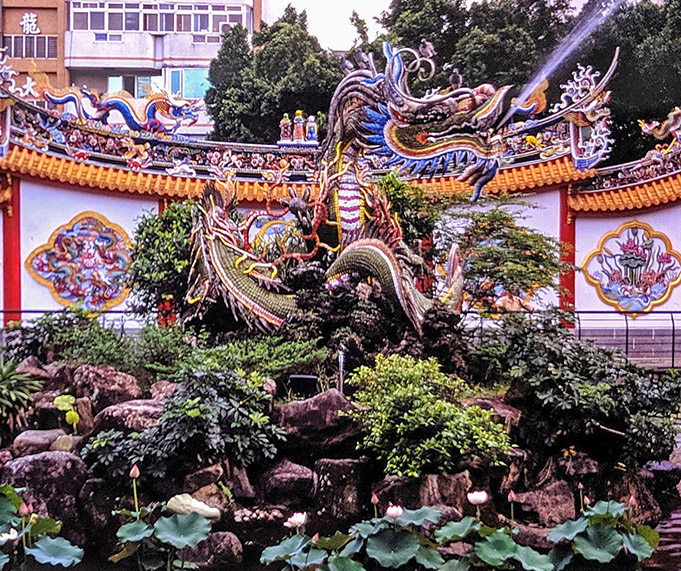
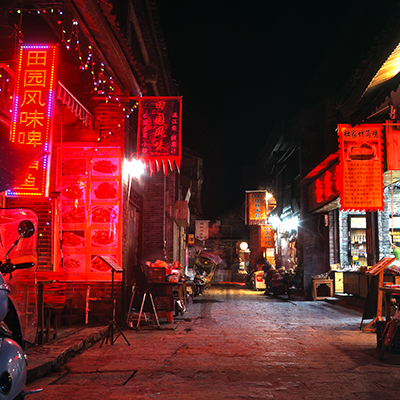 They say that ‘Guilin is the best scenery in Guangxi, and the best of Guilin is Yangshuo.’ There is no doubt that Yangshuo is a beautiful location in the world with it’s limestone Karst mountains and gorgeous waterways. I would highly recommend a visit. An added bonus is it’s little walkways and side streets such as this one at night. Mostly catered to tourists ( as most of this area is, for good reason), it’s an interesting area to visit. I enjoyed being able to safely take night shots throughout the town, and this shot being one of my favorites. Shot with my Sputnik MF3D camera on Fujifilm Provia 100f film.
They say that ‘Guilin is the best scenery in Guangxi, and the best of Guilin is Yangshuo.’ There is no doubt that Yangshuo is a beautiful location in the world with it’s limestone Karst mountains and gorgeous waterways. I would highly recommend a visit. An added bonus is it’s little walkways and side streets such as this one at night. Mostly catered to tourists ( as most of this area is, for good reason), it’s an interesting area to visit. I enjoyed being able to safely take night shots throughout the town, and this shot being one of my favorites. Shot with my Sputnik MF3D camera on Fujifilm Provia 100f film.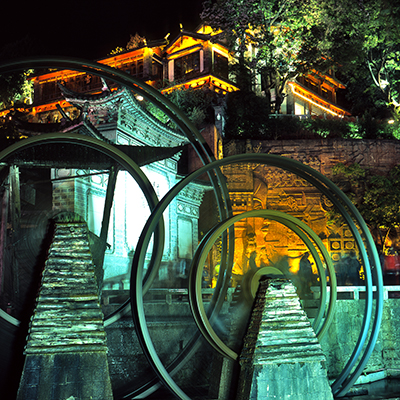 Here’s another shot of Lijiang at night, of the famous waterwheels located in the south entrance of town. The water wheels were supposedly built roughly 800 years ago, around the time of the town’s origin. I wanted to capture the wheels in motion, so a nightshot it was to be! I enjoyed Lijiang immensely, despite the amount of tourists at any given time. The town has so much to see that it’s no wonder that it was so popular. Not to mention that I was there in the perfect time frame for weather. Shot on my Sputnik MF3D camera and shot on Fujifilm Provia 100f fim.
Here’s another shot of Lijiang at night, of the famous waterwheels located in the south entrance of town. The water wheels were supposedly built roughly 800 years ago, around the time of the town’s origin. I wanted to capture the wheels in motion, so a nightshot it was to be! I enjoyed Lijiang immensely, despite the amount of tourists at any given time. The town has so much to see that it’s no wonder that it was so popular. Not to mention that I was there in the perfect time frame for weather. Shot on my Sputnik MF3D camera and shot on Fujifilm Provia 100f fim.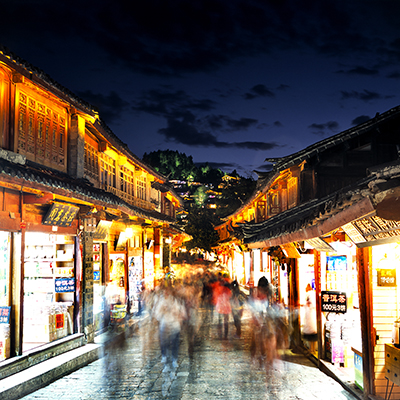 Lijiang is a beautiful city located in the Yunnan province of southwest China. A town full of cobblestones, old houses converted into hotels and storefronts, waterways and bridges galore. It’s no wonder that this town was overrun by tourists, mostly from China, and filled the streets day and night. I wanted to capture it’s beauty and it’s craziness at the same time. I figured a long exposure night shot would do the trick. This was shot with my Sputnik MF3D camera with Fujifilm Provia 100f film.
Lijiang is a beautiful city located in the Yunnan province of southwest China. A town full of cobblestones, old houses converted into hotels and storefronts, waterways and bridges galore. It’s no wonder that this town was overrun by tourists, mostly from China, and filled the streets day and night. I wanted to capture it’s beauty and it’s craziness at the same time. I figured a long exposure night shot would do the trick. This was shot with my Sputnik MF3D camera with Fujifilm Provia 100f film.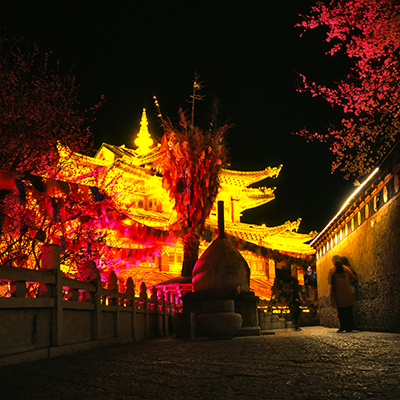 Shangri La is located near the province of Tibet in southwest China, in the Sichuan province. Not many tourists seemed to be there, despite the amount of local tourists in other parts of China. Maybe it was because there wasn’t much to see in the town except one of the largest prayer wheels in the world and a spectacular night time lighting of the local monastery. The town had been devastated by a large fire, destroying most of the original buildings only years prior to my visit. Needless to say, we did not stay in Shangri La very long, only 2 nights, before heading south to the more interesting provinces of Yunnan and Guangxi. Shot on my Sputnik MF3D camera with Fujifilm Provia 100f film.
Shangri La is located near the province of Tibet in southwest China, in the Sichuan province. Not many tourists seemed to be there, despite the amount of local tourists in other parts of China. Maybe it was because there wasn’t much to see in the town except one of the largest prayer wheels in the world and a spectacular night time lighting of the local monastery. The town had been devastated by a large fire, destroying most of the original buildings only years prior to my visit. Needless to say, we did not stay in Shangri La very long, only 2 nights, before heading south to the more interesting provinces of Yunnan and Guangxi. Shot on my Sputnik MF3D camera with Fujifilm Provia 100f film.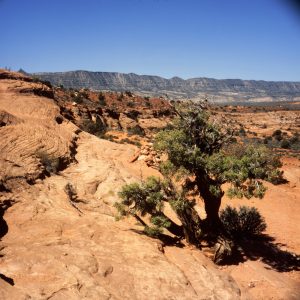
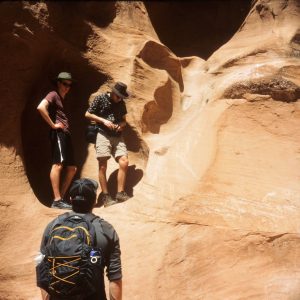

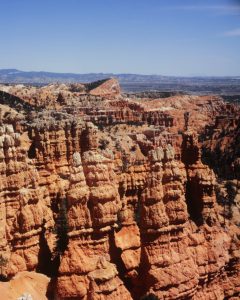
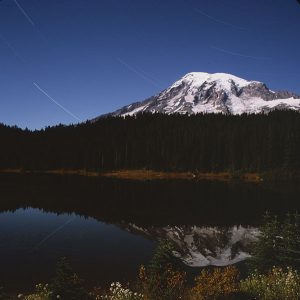 Long nighttime exposure, with star trails, of Mt. Rainier from Reflection Lakes
Long nighttime exposure, with star trails, of Mt. Rainier from Reflection Lakes